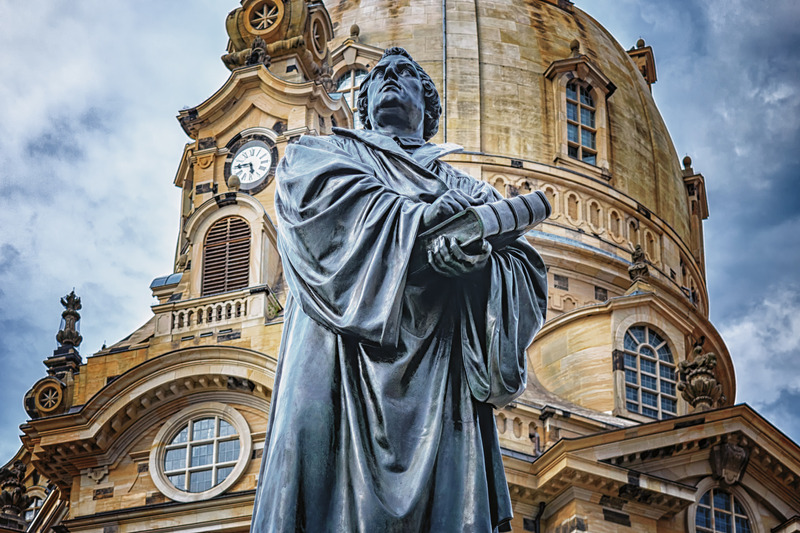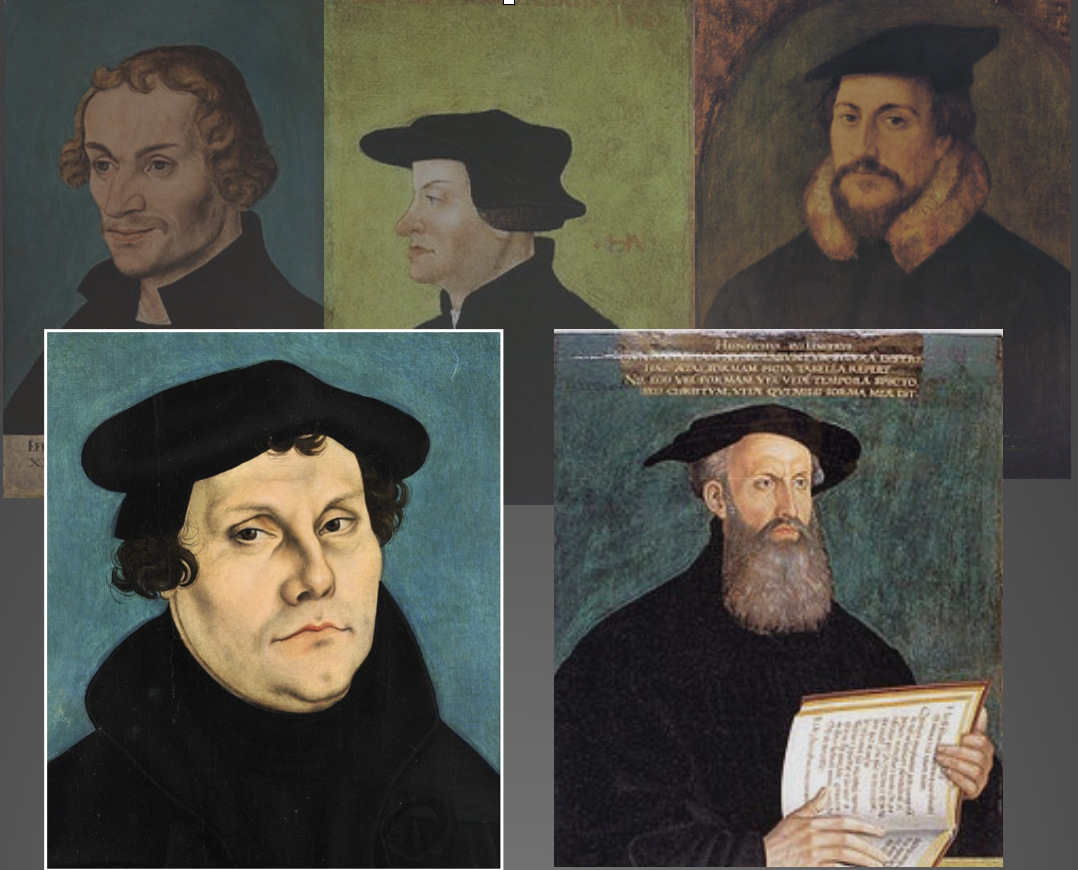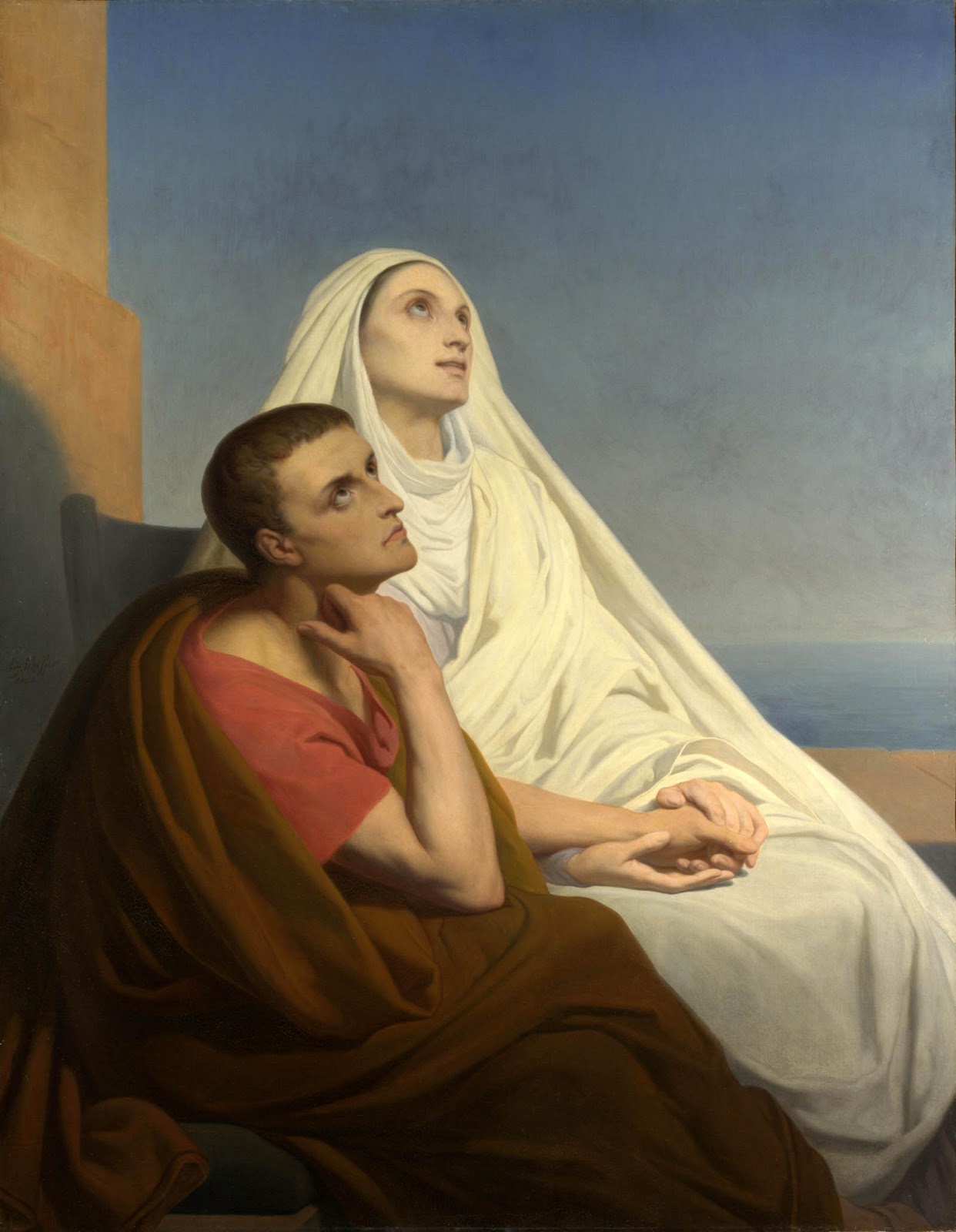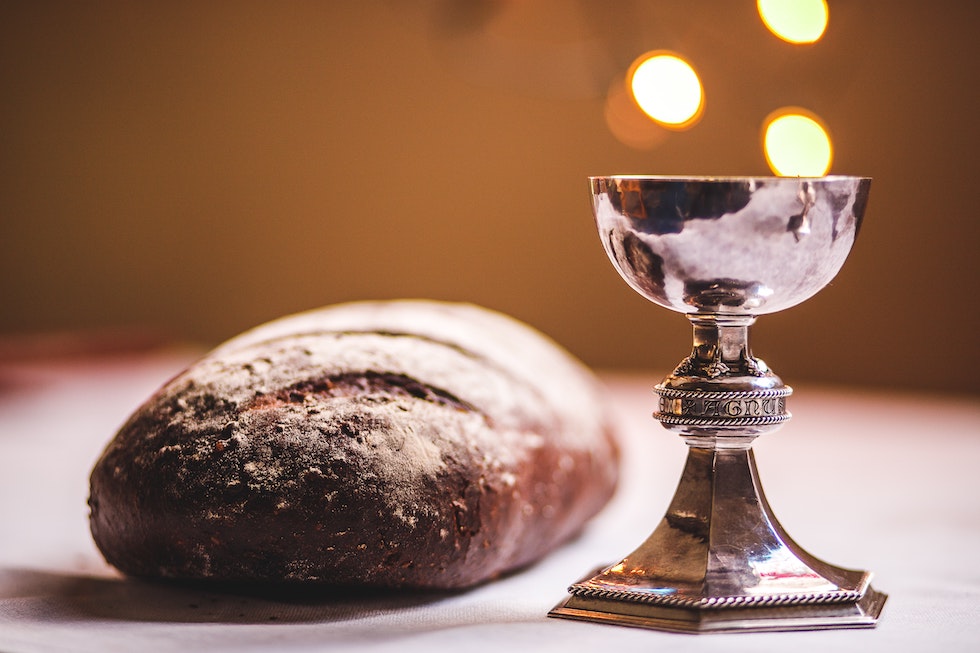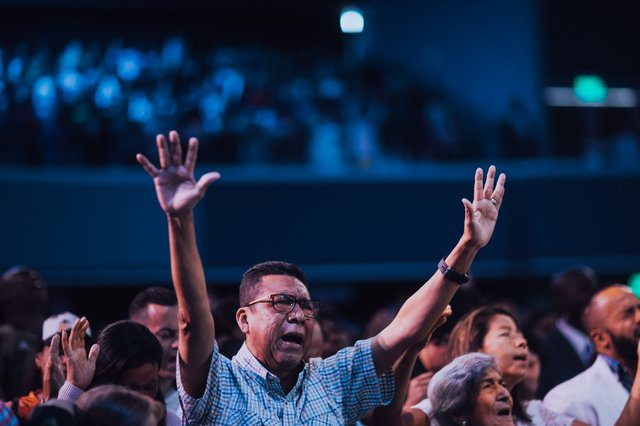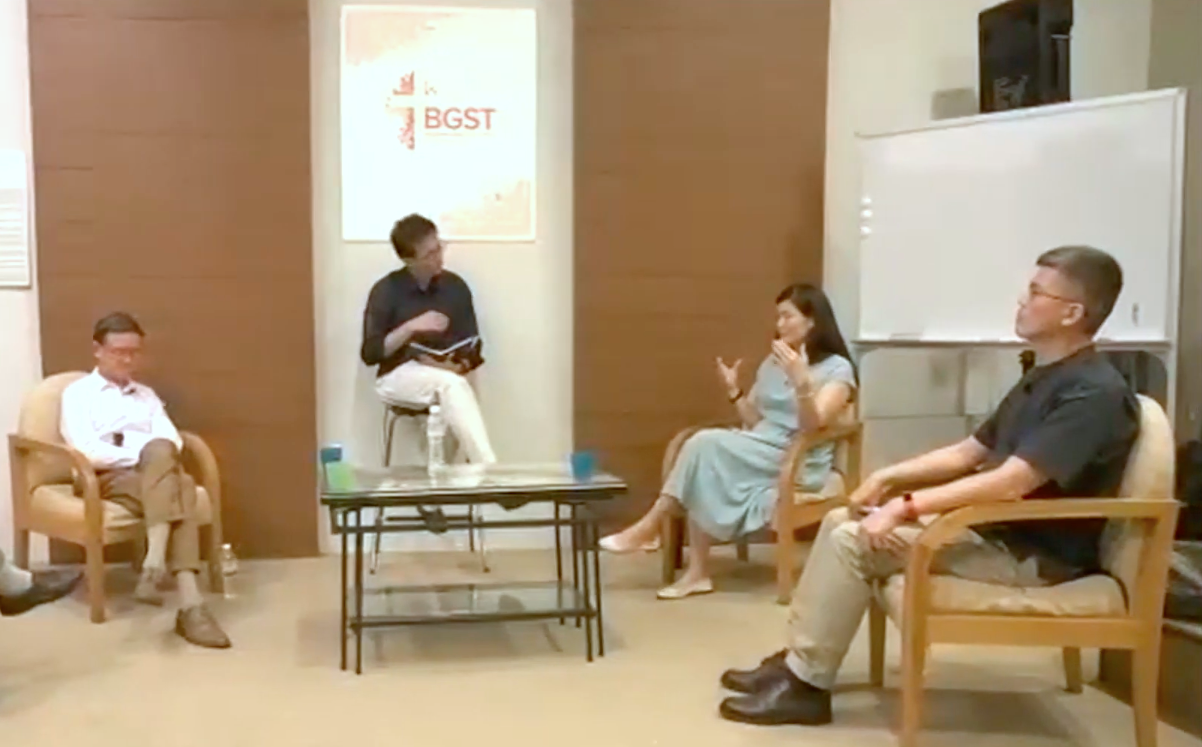An Invitation to Go Deeper – Christian Scripture Meditation
by Priscilla Chua
In our fast-paced and busy world, we are constantly rushing from one thing to another.
In this article, Priscilla shares the spiritual discipline of Meditation and invites you to slow down and go deeper into God’s presence.
Meditation is an approach that combines prayer with the Scriptures. It invites you to prayerfully ponder the words and events of Scripture. This is done through finding and settling on a phrase, verse, word, or image, in which you can nest and rest. In meditation, you insert yourself in the Scriptures, reflecting on the Word. Instead of reading, questioning and dissecting the Word, you allow the Word to read, question and dissect you, and insert itself in your heart.
Meditation also leads to contemplation; a place of being near the heart of God, the source of peace, as you gaze at His face with pure delight and bathe in His love. Bernard of Clairvaux called it “an inner paradise of pleasure where vision of pure truth illuminates the eye of the heart”.
In my more than ten years of exploring and practising these spiritual exercises, I am awed by His glory, humbled by His presence, comforted by His voice, and transformed by His Word. I hope you will explore and discover for yourself the pure joy of meeting God face to face.
The pandemic has thrown our lives into a tailspin – livelihoods are threatened, work and home boundaries blend uncomfortably, and our sense of self is brought into question. Our kneejerk reaction is to respond furiously and frantically to wrestle control back into our lives through action. Hard as it seems, perhaps we need to sit in the compost of our disruption for a while, a return to being before doing.

Before the Prayer Begins
1. Set a time and plan for it.
2. Find a quiet place. Enter into the inner sanctuary of your heart.
3. Be alone. Be unavailable to others and fully available to God.
4. Find a posture that helps you to be at ease and yet attentive and reverent. Once you adopt a position in prayer, remain in that posture until the period of prayer is complete.
5. Stay focused when you have found the posture. Begin to relax and focus on your breathing. I find that focusing on an object is often helpful. A centering prayer “Jesus, Son of the Living God, have mercy on me, a sinner” can be used to regulate breathing.
6. Prepare a Scripture for Prayer. It can be taken from the lectionary, daily devotions or sermon series. Texts can also be chosen from devotional literature, religious poetry, and small portions of Spiritual classics. Preparation with the aid of commentaries can be done the night before.
Beginning the Prayer
Consider how God looks at you. Offer all your will and actions to God and ask God for the intentions, desires, and actions to be according to His will. Tell God what you wish and desire in this time of prayer and meditation.
Lectio Divina
A traditional monastic practice founded in 4th century Christianity, the Lectio Divina is a spiritual exercise of Scriptural reading, meditation and prayer. The following are the four movements:
1) Lectio (15 mins)
Read the Scripture passage slowly, pausing between phrases and sentences until it sits comfortably in your mind; touching your deep and holy desires. For some, reading aloud or in a whisper may be preferred. You may need to read up to five times. Let the words echo and resonate in your mind, allow meanings to sink in, associations to rise, and images to surface. When this happens, you can go into prayer and not return to the Bible. Put your journal away.
2) Meditatio (20 – 30 mins)
Once you have heard the “word” that seems to be meant for you, start pondering on it. Why is the word for you? Be conscious of how you are moved by whatever that touches you. What is it about your life right now that needs to hear this word? How is God catching your attention? Can you identify with the word/character? Do you have trouble identifying with them? Some examples include shepherd, sheep, branch, etc. How does the word connect with your life experiences – hopes, despairs, desires, loves, hates? What do you discover about yourself in this process? You can recall past experiences and memories. The Lord speaks in and through life experiences.
The four “Do not’s”
Do not moralize,
Do not draw theological insights,
Do not go into application
Do not introspect.
3) Oratio – Colloquy (10 -20 mins)
Share as intimately as you can with God. We cry out in hurt, pain and frustration when the Word touches our pain. We may even whisper our confession and repent when God confronts us with sins. At times we can sing in praise and adoration when our heart is filled with gratitude and thanksgiving.
4) Contemplatio (30 – 40 mins)
Finally, release all your thoughts, feelings and intentions to God. There is no need to listen, reflect, imagine or respond. This is simply an invitation to come to the place of rest, near the heart of God and where the source of peace is. Take time to dwell in His presence and be sustained by His love. Gaze into His face and be bathed by His love. Simply enjoy. Conclude the actual prayer period by praying “The Lord’s Prayer”.
Reflection & Journaling
Immediately after prayer, ask yourself how the prayer was. What went on? What struck you? Where did you stay the longest? What memories, tangents and lanes did you look at? What was the feeling? Did you have deep or disturbing distractions? What did you share with the Lord?
You may like to find a word, image or phrase that carries the core message you have received. Take this into your daily activities and relationships. Let your reflection and prayer continue inwardly as new experiences deepen the word you have heard. Record what you have received from God.
PRISCILLA CHUA
Priscilla is a Pastor/Spiritual Director at St Andrew’s Cathedral (SAC) and she is passionate about Ignatian and Benedictine Spirituality. She is a trained counsellor and had completed the Spiritual Director’s formation course. She facilitates The Quiet Garden monthly retreats at SAC, provides a space for meditation and silent prayer and accompanies individuals on personal retreats.
Contributor:
Priscilla Chua
Presented by: BGST
- Categories:
- Covid-19
- Read
- Spirituality
- Tags:
- Covid-19



